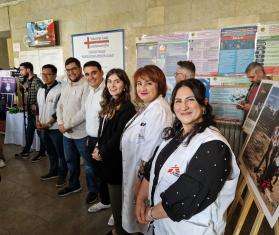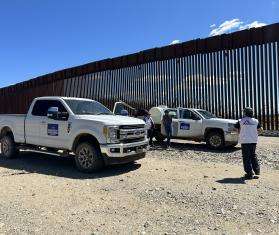Keiber Bastidas, his wife, and their two children were already exhausted when they arrived at the southern edge of the Darién Gap. A treacherous 60 miles of wilderness connecting Colombia with Panama lay ahead of them. Attempting to cross the notoriously deadly stretch of jungle was their only hope to continue their journey by land to reach the United States.
More than three weeks earlier, the Bastidas family left their home in Guayaquil, Ecuador’s second-largest city, barely able to afford rent with their meager salary. Five years ago they left Venezuela, seeking refuge from violence, political and economic upheaval, and severe shortages of food and essential services. And—like many of the nearly 6 million Venezuelans who have fled the country in recent years—Keiber and his family had little choice but to uproot their lives again, as the COVID-19 pandemic increased the hardships that many migrants face in the region.
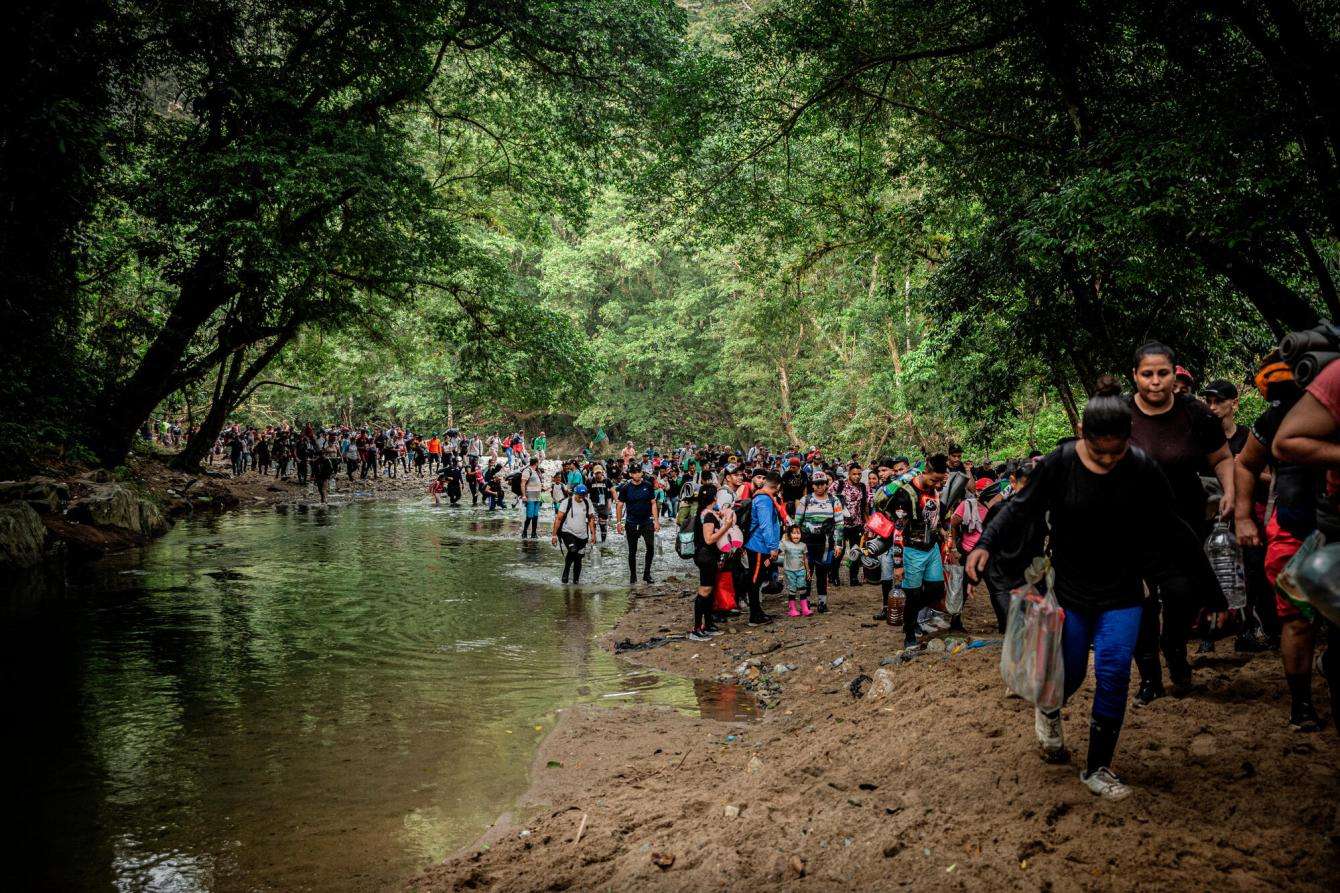
While they experienced rejection and xenophobia along their journey, they were also met with unexpected kindness. In Medellín, they slept for two nights on the floor of a toll booth, before hitching a ride on a cement truck to Santa Fe de Antioquia, Colombia. “An unforgettable town with very friendly people,” said Keiber. “A man saw us waiting and gave us 50,000 pesos [US$12] so we could eat.”
After Medellín, the family risked their lives to get to Turbo, a port city in northwestern Colombia, riding on the top of a double-trailer truck. From there, a 90-minute boat trip took them across the Caribbean Sea to Acandí, a town near the border with Panama. Finally, after 25 days traveling in the scorching sun, they reached the Darién Gap.
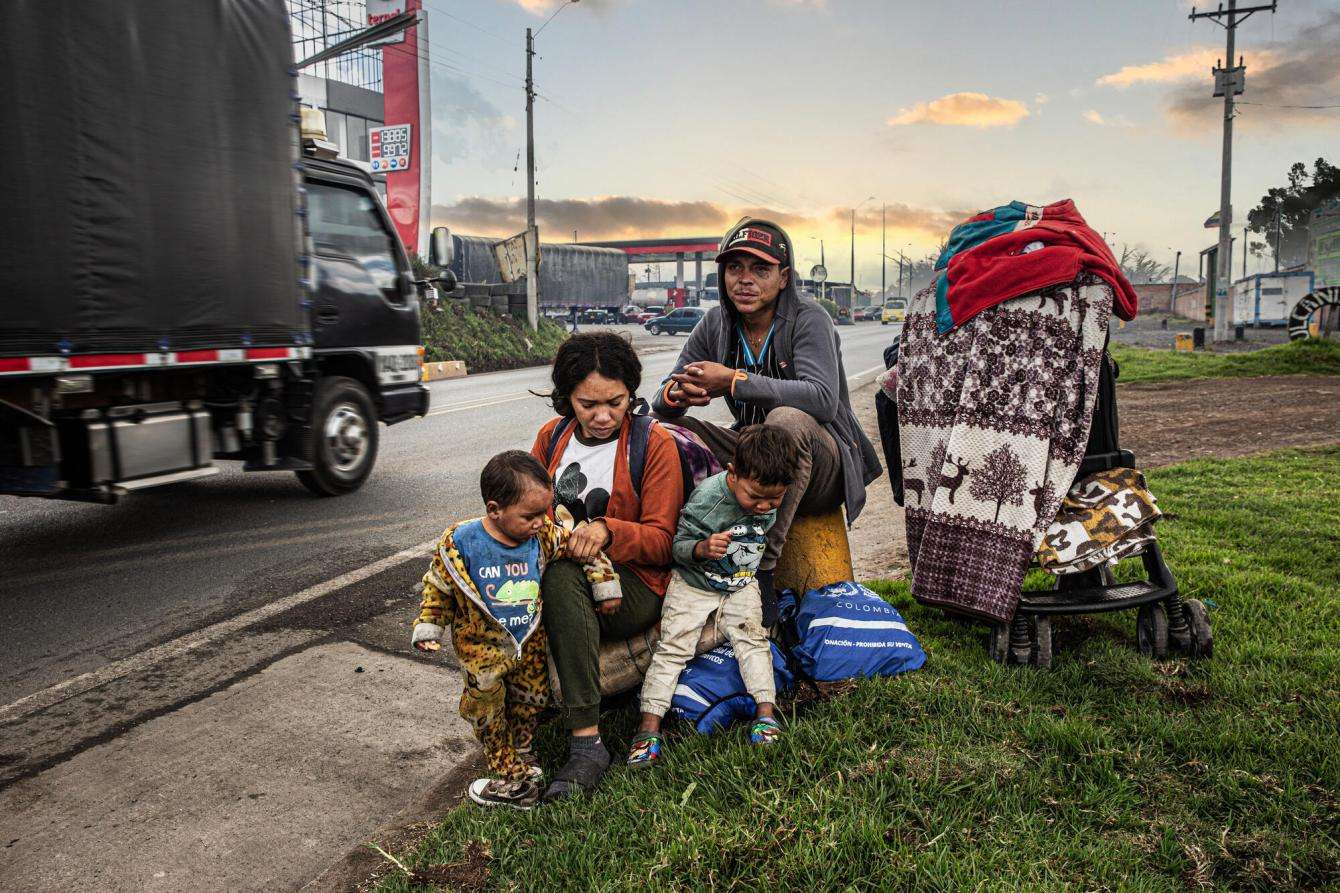
It took the family five days to cross the Darién Gap. On their way, they witnessed migrants die in the jungle. Most people die from falling off steep rocky cliffs or drowning in rushing rivers. Others are killed by criminal gangs in the area who kidnap, rape, and steal money from passersby.
“The Darién jungle is the worst thing I have experienced in my life,” says Keiber. “I wouldn't wish it on anyone. We climbed too many cliffs. All our fingers are peeling with bloody sores. At a waterfall, after we had passed by, a man died."
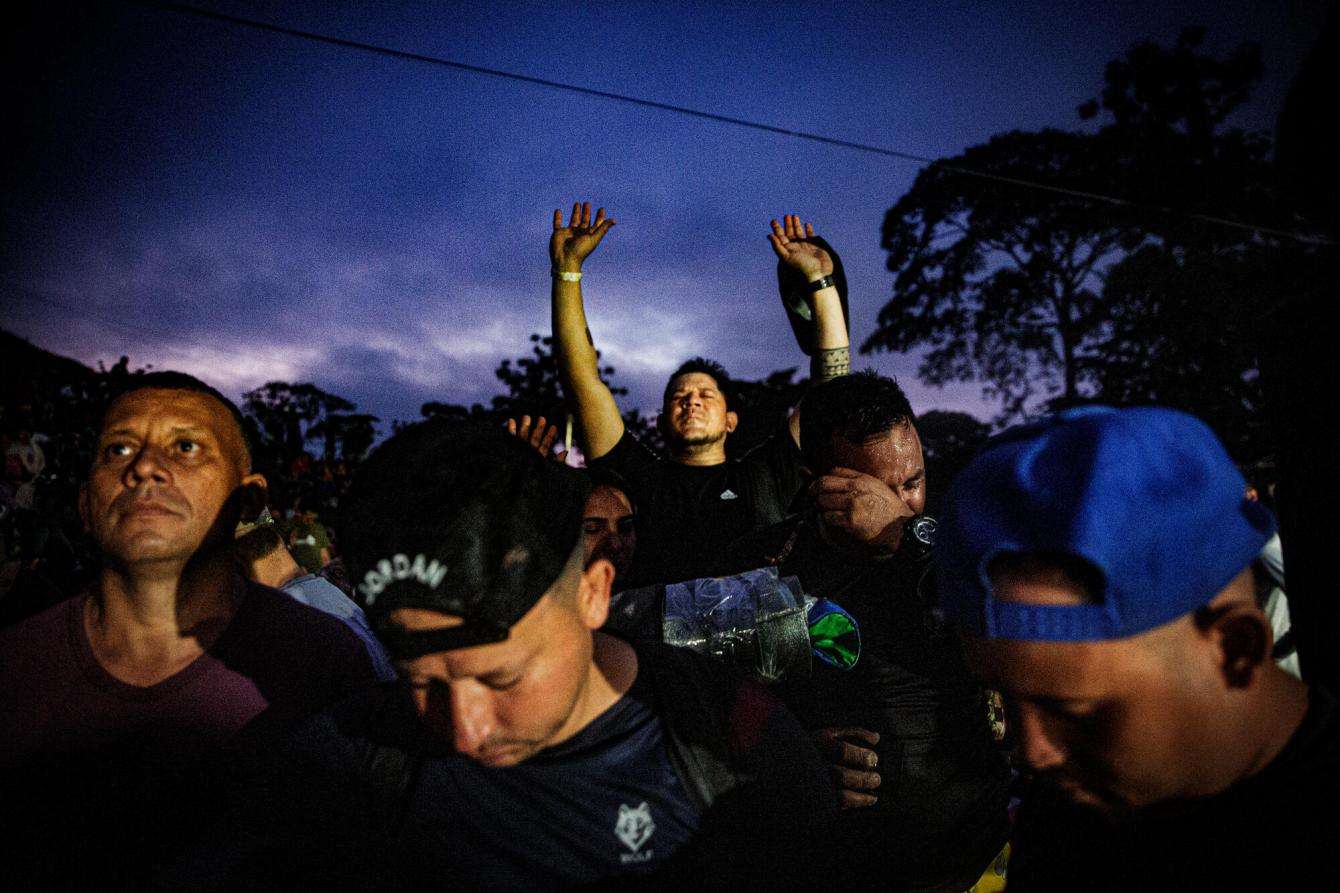
The number of migrants doubled from 2022 to 2023
Sadly, the Bastidas family’s experience is not unique. Every year, the number of people crossing the Darién Gap breaks the previous year’s record. Up from 133,000 in 2021, to 248,000 in 2022. But in 2023 the number has doubled: A record 500,000 migrants have already survived the dangerous journey, including many children, pregnant women, and elderly people. Despite the known dangers of the crossing, they receive no protection or assistance from governments in the region.
“The number of migrants who have crossed the Darién Gap this year alone is [more than] 10 percent of the population of Panama,” said Luis Eguiluz, MSF head of mission in Colombia and Panama. “Not enough global or regional attention has been directed [to this crisis]. Safe routes have not been guaranteed for migrants nor have sufficient resources been allocated to the organizations that help them.”
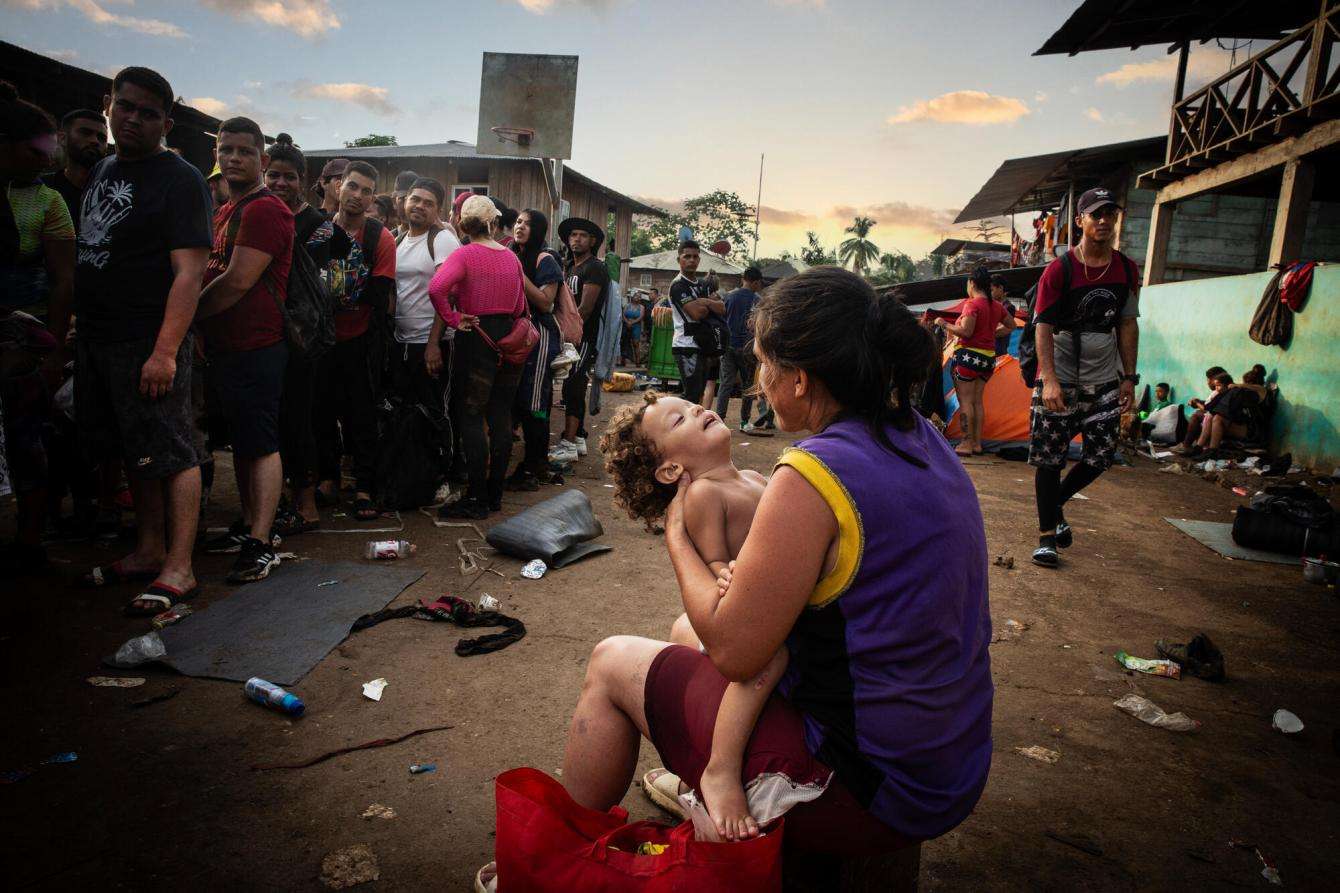
A route neglected by regional authorities
Throughout 2023, MSF mobile teams have traveled along the main migrant transit routes through Colombia to provide people on the move with medical care.
“What we have seen and heard is that people traveling through Latin America are extremely vulnerable,” said Eguiluz. “They [experience] hunger, a lack of accommodation, a lack of water, excessive transit fees, misinformation, scams, xenophobia, and physical, psychological, and sexual violence. All of this begins long before the migrants reach the Darién Gap, although that is where [these hardships] are most evident.”
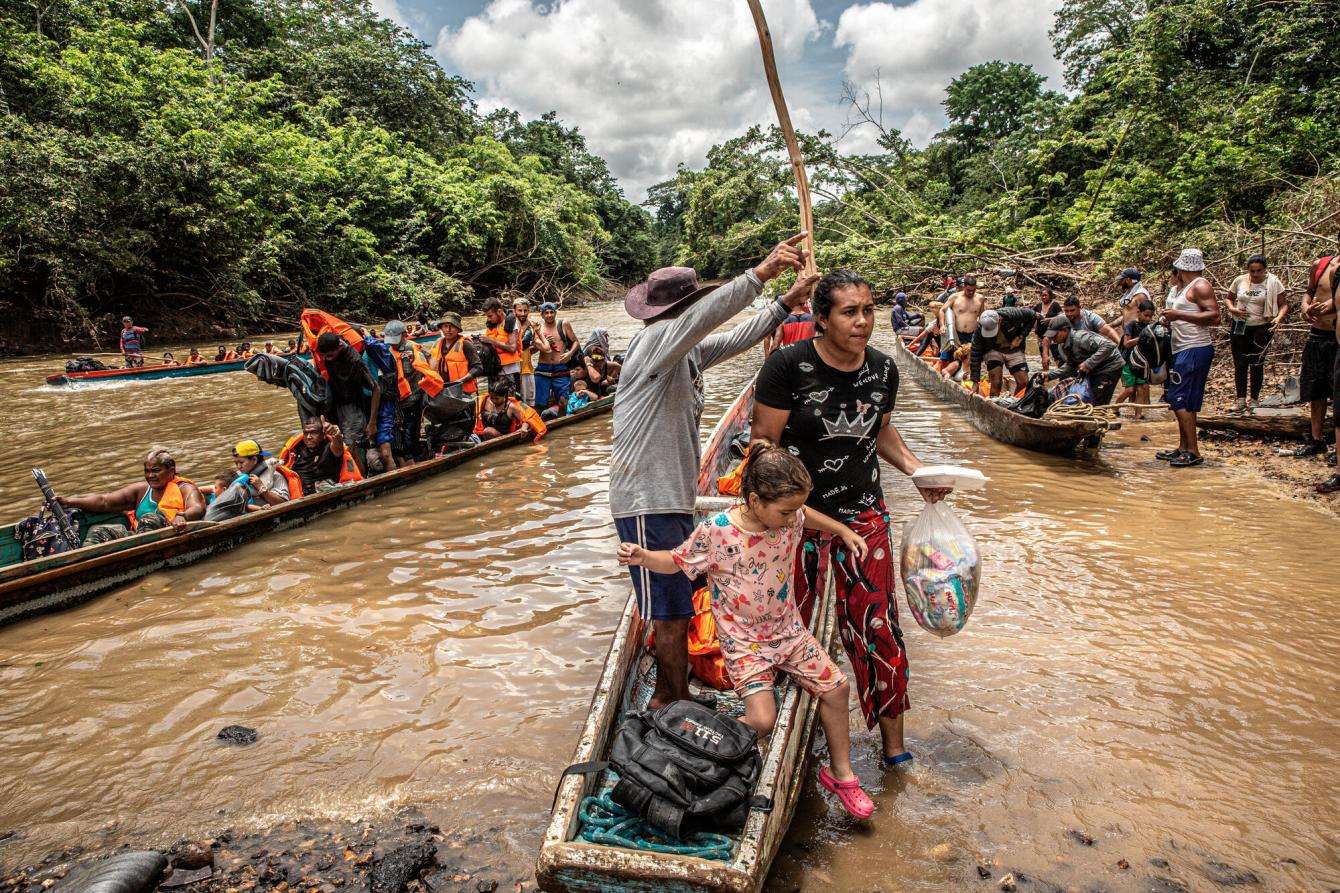
At the Rumichaca bridge, which connects the Ecuadorian city of Tulcán with the Colombian city of Ipiales, MSF staff met two Venezuelan women, Friangerlin and Yucleisy. Both were walking, exhausted and wrapped in blankets, their lips and skin cracked by the cold and the high altitude. Friangerlin, who was pregnant, pulled a supermarket trolley carrying her sleeping child. Four weeks prior, the women had left Guayaquil in Ecuador with their husbands and children. Yucleisy planned to cross the Darién Gap, but Friangerlin was considering returning to Venezuela. “I'm tired of migrating,” she said.
“As we left Guayaquil, we were threatened by a group of men known as ‘Los Hinchas’ [the hooligans],’” said Yucleisy. “They told us that if we didn't pay them, they would take our babies. But our husbands spoke up and said they would have to kill us first before taking our babies or our belongings.”
Harrowing stories of the Darién jungle
MSF teams working along the migration route encounter many harrowing stories of violence. “From Peru, I caught a bus that took me to Huaquillas, in Ecuador,” said David Fuentes, a Colombian-Venezuelan migrant who worked as a street vendor in Peru. “There, some men took 10 of us and stole all our money. They made the women undress. They also took our phones and told us that if we said anything, they would kill us. They had knives and guns.”
Luis Jesús Wilches, a migrant from Venezuela, told MSF: “In Peru, we were going to get on a tractomula [a double-trailer truck] and a man on it tried to hurt us with a knife. Then in Ecuador, we were sleeping in a park, and a police officer woke us up with pepper spray to make us get up from there.”
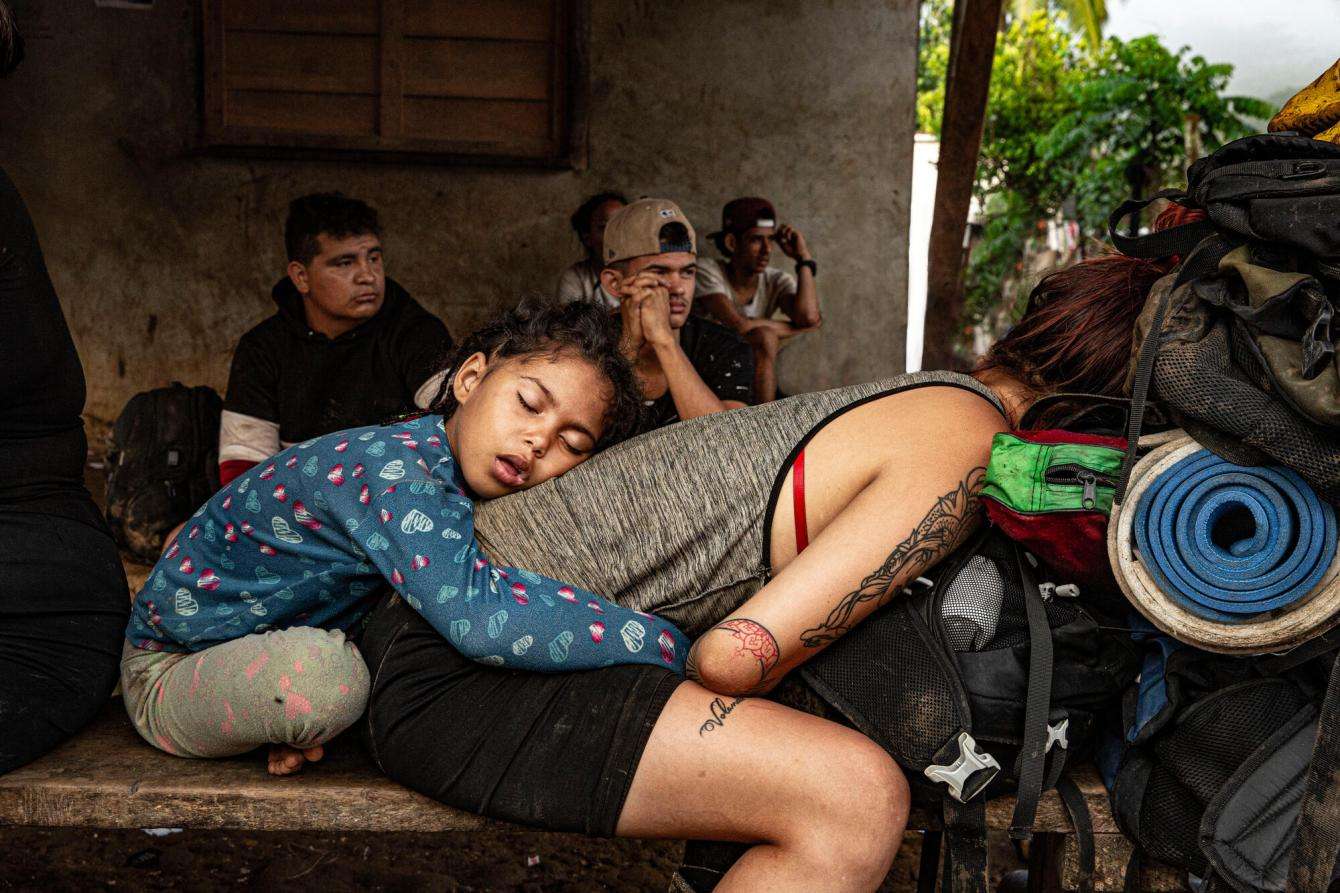
Hundreds of migrants from Venezuela and Haiti enter southern Colombia every day. They are joined by migrants from Ecuador and Peru, as well as people from countries as far away as China, India, Afghanistan, Bangladesh, Cameroon, and Burkina Faso. Many have traveled by sea to Ecuador or Brazil before continuing their journey by land toward the United States. The assistance they receive as they travel through Latin America is extremely limited.
“According to testimonies from migrants with little economic resources, on the route through Ecuador they only find support in the two cities of Ibarra and Tulcán,” said Eguiluz. “Once they reach Ipiales in Colombia, there are some shelters run by local organizations with international funding where migrants can shower, stay for one night, and get three plates of food. But after that they must leave.”
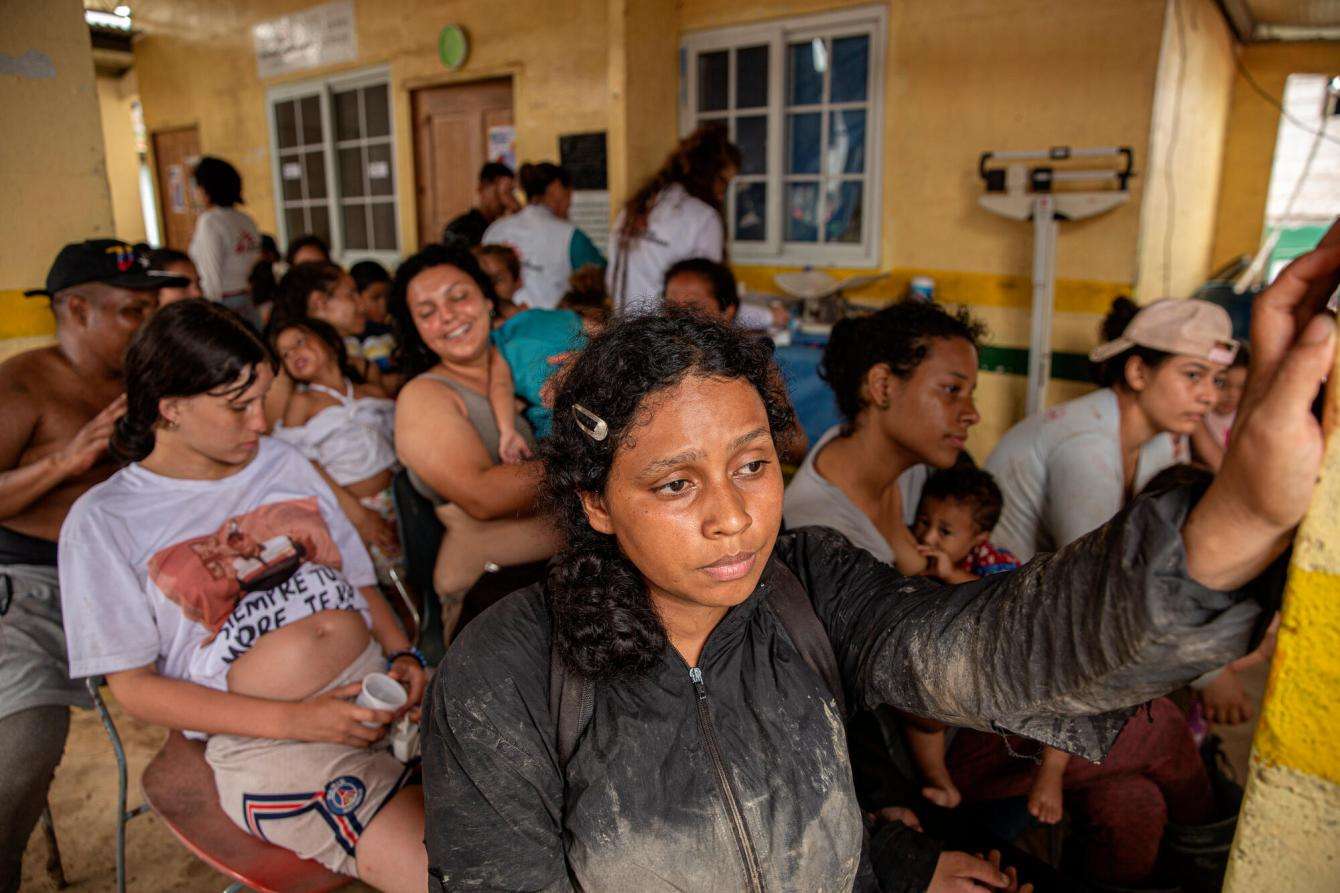
The shelters in Colombia can accommodate only around two out of every 100 migrants. Three in four people sleep in the street or in public parks and cannot find enough water to drink, according to the Colombian Attorney General's Office. For more than 745 miles across Colombia—from Nariño to Antioquia—there is essentially no aid available for people in transit. Once migrants leave Colombia to cross the Darién Gap, the dangers of the route multiply substantially.
“They find people dead—pregnant women are found floating in the water, dead,” said Emilady Rodríguez, a Venezuelan woman traveling with her two daughters, aged 7 and 10. “A man in my group had a seizure and died and we had to abandon his body. There is a lot of robbery in that jungle too. They kidnap people, they charge US $100 per person, and if a woman doesn't pay, they rape her.”

A global response is needed
While some aid agencies work on the Colombian side of the Darién Gap and others, including MSF, work in reception centers set up by the Panamanian government, the assistance available is acutely insufficient for the number of people making the crossing.
MSF calls on the governments of all countries migrants cross through on their way to the United States to coordinate efforts to ensure safe routes and access to basic services for people on the move. “The humanitarian crisis in the Darién Gap requires a global response,” said Eguíluz.
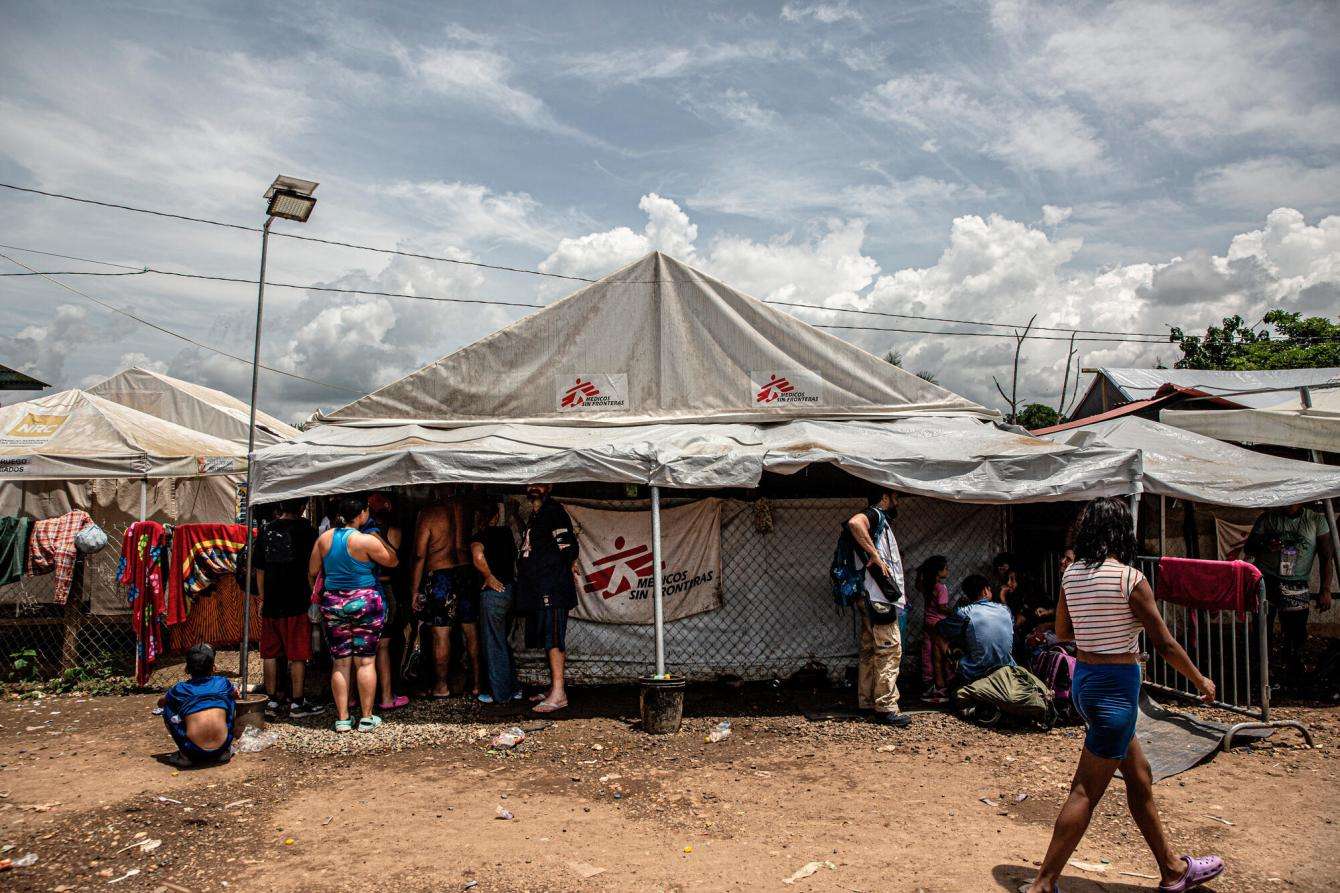
MSF's work in Panama
MSF has provided medical care to migrants arriving in southern Panama since April 2021. Currently, MSF teams provide care at migration reception centers in Lajas Blancas and San Vicente and in the indigenous community of Bajo Chiquito. From January to October 2023, MSF teams provided 51,500 medical consultations, including 18,000 for children under 15 and 888 for pregnant women. In that same period, MSF mental health teams provided 2,400 mental health consultations and provided care to 397 survivors of sexual violence.

